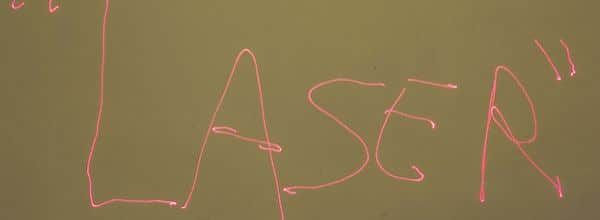Cell counting is the bane of existence of many researchers. Countless hours spent in front of the microscope with a haemocytometer on the stand and a manual tally (or “clicker”) in hand can be really daunting. Not to mention that no one will ever double check your count if you don’t take a picture. Those days are steadily coming to an end with new technologies emerging, such as automatic cell counters or free imaging software that runs on your own computer if you have stored images. Automatic cell counters are readily available for around a thousand bucks (or euros, quid – depending on the country where you do your research). I am one of the lucky ones. Our lab has one. I promise I am not bragging, there is a point to it.
Automated Cell Counting Issues
When the cell counter arrived, we were all full of hope about the end of our mundane counting. Excited, I jumped at the opportunity of testing it. I quickly discovered, however that the cell recognition algorithm is not without faults, and sometimes the count does not agree with simple manual observation of pictures that the counter stores. Often the clumped cells are not counted properly and a cell that is big, gets split into three. It’s fine if you have 100 or 500 cells in your field of view. The error is minuscule. But if you have only 20 cells and 2 of them are counted as doubles, that’s 9% error. Additionally, any other speck in the field of view is counted as well, adding up to the count.
There is of course an option of gating to maximize accuracy but there is a danger of rejection of some of the real data not only artifacts. The reality quickly verified our hopes. We work with small amounts of cells and the error is simply too big for comfort. But “never give up, never back down”.
Cell Counting Using a Fluorescent Dye
If you have a cell counter with fluorescent capabilities like we do there is a way around it, without adding additional steps to the protocol. Here is our protocol for cell counting with a twist:
- Wash your cells with PBS
- Add an appropriate amount of trypsin
- Add an equal volume of medium with 1ug/ml of bis-bezamidine and trypsin inhibitors
- Incubate for 5 minutes
- Start cell counting with your “DAPI” channel on
The bis-bezamidie is a DNA minor groove binder. When it binds to DNA it starts fluorescing with a maximum emission at 505 nm. The best part is that it doesn’t need any permeabilization step as it crosses the plasma membrane! This means that you only have to make sure that it is present in your medium you use to stop the trypsinization.
What is the advantage you ask? We found that the “big” cells are not counted as multiple cells and because the nuclei don’t touch each other there is no “clumping artifact”. Finally, you can always take a picture and verify the count using ImageJ particle analysis.
Happy counting!






